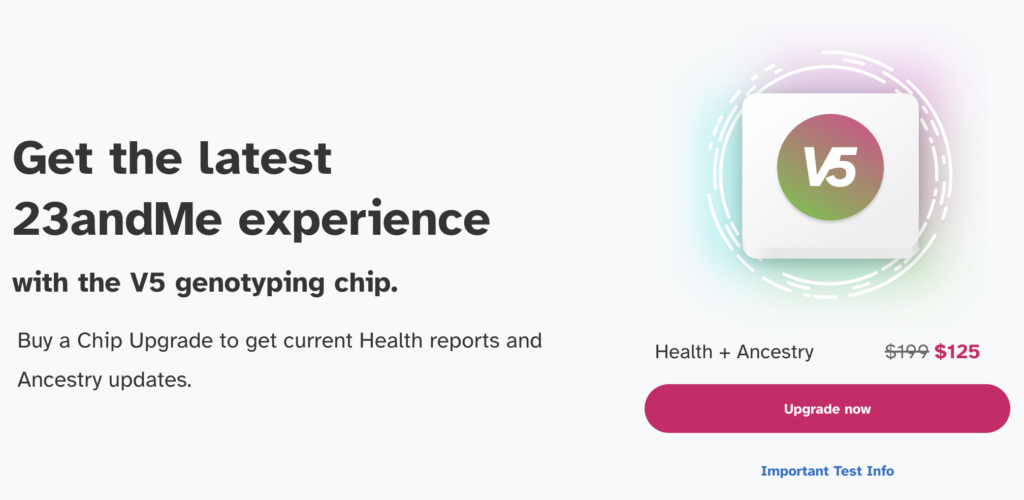This is one of biggest groups, which considering the ethnic mix of slaves in the New World is not that surprising to me. My grandmother was assigned one new group, “African Hunter-Gatherer”, and most groups deceased by small percentage amounts. Nigerian rose by 2.1% which I found interesting, not for my grandmother but if not taking into consideration my maternal grandfather’s results. My maternal grandfather has the highest Nigerian percentages in my family, unfortunately, since my grandfather has passed I will not be able to upgrade his test and see how if and how his percentage would have changed.
“Nigerian” is now almost up to par with “Senegambian and Guinean” totally about close to 10-11% of the 23.5% total. While “Congolese and Southern East Africa”, “Angolan and Congolese” take up another huge chunk at about 11-12%. I imagine all the small percentages such as “Northern East African” or “African Hunter-Gatherer” are from internal immigration and mixing across the continent.
One percentage did not change which was “Northern East African” at 0.2%. To date, no smaller ethnic groups have been assigned within the country categories for my grandmother yet. This is one of the main reasons I wanted to get her updated, just in case this becomes more nuanced and easier to identify in people from the New World, descendants from slavery.

